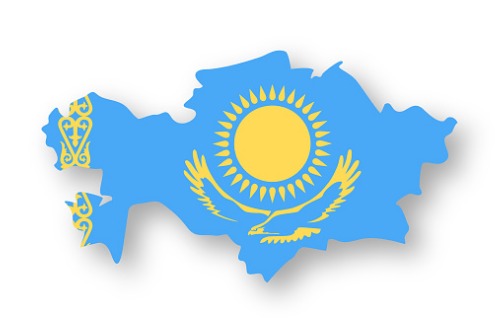The portfolio manager of Canada’s first uranium ETF outlines his view

By Nicolas Piquard, CFA, Vice-President, Portfolio Manager and Options Strategist, Horizons ETFs
It is tempting to talk about Kazakhstan's dominant position as a uranium producer in the same context that Saudi Arabia dominates oil production.
For one, Kazakhstan currently produces about 40% of the global uranium supply – a figure that far exceeds the second on the list, Canada, which produces approximately 20%. This dominance even exceeds Saudi Arabia's position in the Oil market. Although the Saudis produce about 12 million barrels of oil per day,they have recently been surpassed by the U.S. as the world’s biggest producer. From a production perspective, Kazakhstan has an even more globally dominant position in uranium than Saudi Arabia has in oil.
Secondly, let’s look at global reserves. Saudi Arabia has 266 billion barrels of oil in reserves – which far exceeds the other big producers; the U.S. and Russia – each of which has less than 100 billion barrels. Australia has the largest uranium reserves in the world with 30% of the global supply, followed by Kazakhstan at 14%. When it comes to energy reserves, both Kazakhstan and Saudi Arabia enjoy large numbers, ranking second globally for uranium and oil respectively.
Thirdly, a dominant position is not particularly useful if your costs of production are too high. This is where Saudi Arabia has a big edge relative to its competition: According to this recent Bloomberg article, Aramco’s (a Saudi Arabian petroleum and natural gas company) extraction cost on a per barrel basis is $2.80. This gives them a big advantage over competitors. Kazakhstan also enjoys a similar advantage in their production of uranium. With all-in-cash- costs of less than USD $15 per pound of uranium, and cash costs under USD $10, Kazakhstan has the lowest uranium production costs in the world and still makes money despite the fact that the price of uranium is down over 80% from its high and currently sitting around $25 per pound.
So far, based on the above criteria, it seems fair to compare Kazakhstan’s dominant position in uranium to that of Saudi Arabia in oil.
But there is a big difference. Oil prices dominate the Saudi Arabian economy. In fact, according to the CIA World Factbook, oil represents over 90% of Saudi Arabia’s exports to the rest of the world. Similar circumstances don’t exist in Kazakhstan. The global uranium market is comparatively small and oil actually represents a bigger portion of the Kazakh economy than uranium. This means that oil prices have a bigger impact on the Kazakhstan economy compared to uranium.
Saudi Arabia’s currency (the riad) is fixed to the U.S. dollar, while the Kazakh currency (the tenge) is not. This is significant, because it means that Saudis haven't been depreciating their currency in tough times when oil prices were low, nor witnessed their currency rise in good times during higher oil prices. Canadians will certainly be familiar with this effect over the past 20 years because the Canadian dollar has a tendency to rise and fall with oil prices.
The tenge has been volatile. In fact, in August 2015, with oil prices slumping and the Kazakh economy struggling, the government decided to float the currency which led to a large currency devaluation. This allowed the economy to recover by helping exports – including lowering the costs of their uranium mine production. But like many devaluations, these gains can be short-lived as increasing inflation slowly increases costs higher.
Kazatomprom is the majority state-owned uranium Kazakh producer, and the most of their costs are denominated in the local currency. According to the company’s recent IPO filing and their historical all-in-cash-costs, it’s possible to see how correlated its value is to the local currency.
In 2016, Kazakhstan embarked on a large set of reforms to diversify its economy and restructure its finances in an effort to avoid another large currency devaluation. If successful, this could potentially lead to further currency strength and threaten Kazakhstan’s position as the world’s undisputed low-cost uranium provider. Currently, Kazakhstan's low costs give it a significant buffer against falling uranium prices, but it may not last forever.
This article is a special promotional feature produced in partnership with Horizons ETFs.
The views/opinions expressed herein may not necessarily be the views of Horizons ETFs Management (Canada) Inc. All comments, opinions and views expressed are of a general nature and should not be considered as advice to purchase or to sell mentioned securities. Before making any investment decision, please consult your investment advisor or advisors.



